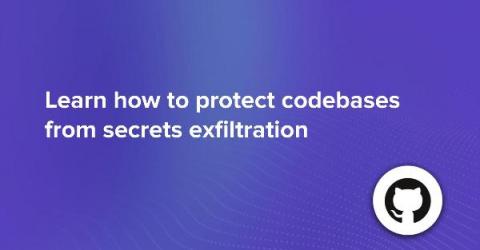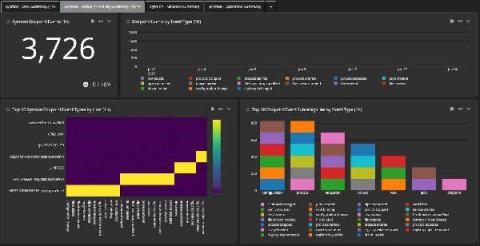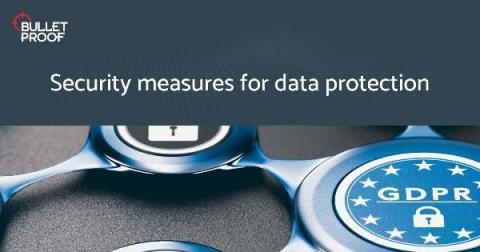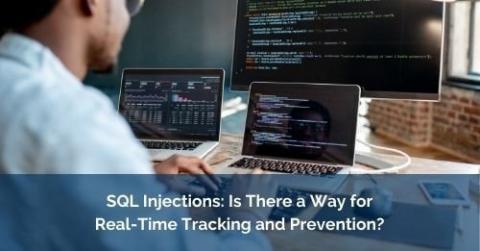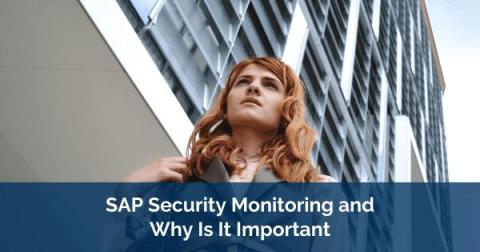Executive Order Update: NIST Establishes a Definition for Critical Software and Outlines Scan Requirements for Software Source Code
On May 12, 2021, President Biden announced an executive order to improve the nation’s cybersecurity. The order, which outlines security initiatives and timelines, calls for the U.S. Department of Commerce’s National Institute of Standards and Technology (NIST) to enhance the security of the software supply chain.




